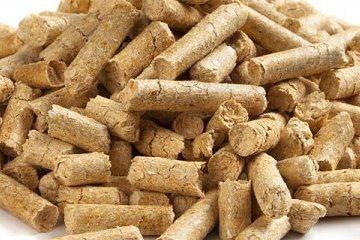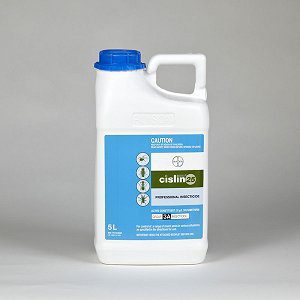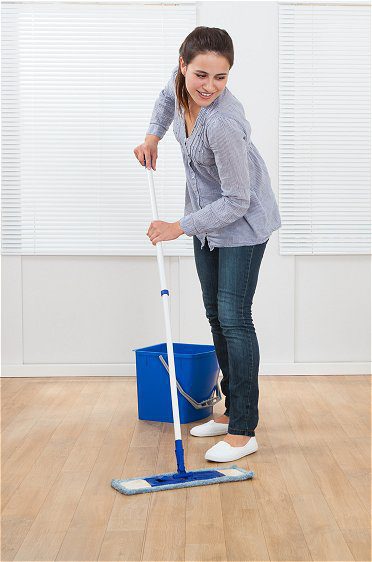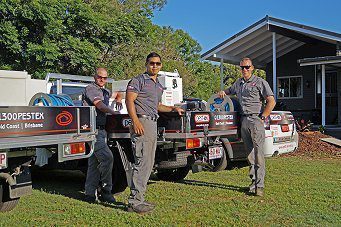
Australian operated

Australian operated
Free on-site visit & quote
Over 14,000+ homes protected
5/5 stars is most frequent rating
Let’s face it, apart from being downright embarrassing in front of guests, there’s nothing more unsettling for any homeowner than to see filthy cockroaches, mice or spiders inside the home.
Just the thought of it is enough to make you cringe.
However, what’s more concerning for most homeowners, are the potential health risks involved with having an active pest infestation.
This is especially true for parents raising young children, toddlers, or babies, who often ask: is pest control safe for babies?
It’s common knowledge that many household pests can cause health related issues such as asthma, allergies, skin and eye irritations and so on. Not to mention the bacteria and diseases that a large number of pests carry with them, such as flies, mosquitoes and cockroaches.
So what can parents do when it comes to eradicating unwanted pests from their home, whilst protecting the health and well being of their children?
 It can be easy to assume that a quick spray around the house with an over the counter aerosol treatment or pellets purchased from the local hardware store such as Bunnings might solve any infestation problems quickly and without fuss.
It can be easy to assume that a quick spray around the house with an over the counter aerosol treatment or pellets purchased from the local hardware store such as Bunnings might solve any infestation problems quickly and without fuss.
Whilst the effectiveness of these types of products is typically quite poor, it can also pose serious health risks to young children within the home. This is why safe pest control for babies is essential.
For example, one of the most common mistakes a parent might make is assuming that “more is better”, and go about literally flooding certain areas of the home and yard with a chemical treatment. Doing so leaves potential for residue or “run-off” which can mean most of the chemical is left on the surface, which toddlers can ingest or come in contact with.
Professional pest control treatments are always applied using strategically measured amounts, with specialised equipment. This ensures the product being applied binds to the intended surface and is dry within 2-3 minutes. This is ideal as there’s nothing left behind that can cause irritation or be ingested.
Another important thing to note is that some publicly available treatments contain “scheduled poisons” and are capable of what’s referred to in the pest control industry as “secondary kills”. An example of a secondary kill would be if a dog was to eat a rat killed by poisonous pellets, it too could die as there’s enough product in the chemical to cause a follow on effect.
This is why it’s absolutely essential that professional pest control experts are called in to handle any problems.

Pest control has changed significantly over the years, with regulations introduced in order to make it not only more effective, but much, much safer.
Years ago, it wasn’t uncommon for most pest control experts to use Organophosphates, which are a type of pesticide that is highly toxic. Infact, studies have shown that Organophosphates, even at low level dosages, have the potential to cause serious health problems such as migraines, cancer, cardiovascular and respiratory diseases.
Unfortunately, most pest control technicians who used Organophosphates at the time would literally spray everywhere inside a property using airborne chemicals to ensure total coverage, with little to no consideration given to the safety of it’s occupants.
Of course, whilst this was highly effective in terms of eradicating unwanted pests, it often meant potential health risks due to exposure to the chemicals. This was due to common areas being treated – floors, walls, doors, carpets, ceilings, the yard and everywhere else in between.

These days, pest control experts take a much different approach—focusing on baby safe pest control and environmentally conscious application.
Firstly, the types of products used by pest control technicians have changed considerably. For instance, here at Pest-Ex we use pesticides such as Cislin 25. It’s a much safer product, and is often used within homes, childcare centres and hospitals.
Products such as Cislin 25, are usually applied at very low level dosages and are designed to “bind” with the surface, meaning there’s no airborne residue, making it ideal for pest control and babies. Infact some products used today contain as little as 0.009% of active ingredient which would mean that a large volume of product would need to be ingested for it to have any sort of adverse affects.
Secondly, chemicals are applied in a controlled manner, strategically within the property to ensure its occupants aren’t exposed to the product. This means inside wall cavities, roof voids, beneath kitchen cabinets and other areas that are typically inaccessible.
So in summary, not only have the products changed, but also the way in which they are applied, making it much more safer overall – especially for children.
There are a number of things a parent can do with young children, babies or toddlers ahead of having their home treated. Infact, it’s always best to prepare yourself and maybe even ask your pest control technician before any form of pest control is carried out.
Here’s a few things you may want to consider.
Always inform your pest control technician of any allergies or illnesses your child or children may have BEFORE treatment begins. You’ll want to do this for obvious reasons, but also to ensure your child won’t be adversely affected by the products being used. Professional pest controllers will be able to provide you with the best guidance and advice.
 Tidy your home
Tidy your homeClean up any clothing or toys, and vacuum and mop floors to ensure removal of any dust or grime. Doing so allows adhesion of the product to the surface. It’s important that the product binds with the surface to ensure proper protection.
Before treatment commences, ask your pest control technician about the actual process, what he or she will be doing and exactly where in the home they intend on treating.
Parents should be aware that any reputable pest control company will apply pesticides only in areas where they are not swept up, mopped or cleaned away. Application of the product again should be in areas that are not accessible in common areas of the home.
Here at Pest-Ex, we always make a conscious effort to ensure treatment is performed in areas of your home that ensures your family’s safety. If you’re looking for pest control safe for babies, our methods are designed with your child’s well-being in mind.
Any reputable pest control company should always be using the very best in terms of pesticides, such as BASF, or Bayer. These are leading brands that undergo rigorous testing to ensure they are always up to date in terms of safety codes and requirements.
Unfortunately, some pest control companies may opt for cheaper pesticide alternatives as a means for increasing their profit margins or simply to provide a cheaper service. For example, for leading products such as BASF and Bayer, liquids may cost in excess of $118 per litre.
Cheaper products may cost as little as $26 per litre, but are much more harmful for pets and children. In almost all cases, customers are unaware of the difference. This is why cheap pest control may not be a wise decision – especially if you share concerns for your family’s safety.
It’s always a wise decision to ask your pest control technician for a safety data sheet. The safety data sheet will contain useful information about the chemicals being used, how they should be applied, it will address safety concerns, and also cover whether or not they have passed Australian codes and safety regulation standards.
Safety data sheets also provide a list of additional resources should you want more information.
One common question that we’re asked is, “Is it necessary to leave the home during treatment?”
Vacating the home is a personal choice, but for baby safe pest control, we recommend stepping out briefly during treatment. If you have concerns for your children’s safety, then it’s probably best that parents take their kids to the local park or somewhere during treatment simply as a precaution.
Treatment is usually completed within 1 – 1.5 hours with the product drying within a few minutes of being applied.

If you’ve had pest control treatment in your home recently and you have concerns and would like more information about what to do in the unlikely event of an emergency, then there are a few things you can do.
You may infact want to do this first, ahead of anything else – call the actual company that performed the pest control treatment, explain the situation and ask for assistance. In most cases, you won’t have anything to worry about, but it’s always good to get some reassurance, and advice, should it be necessary.

As said above, your pest control technician should be providing you with all the relevant information of what type of chemicals are being used, the mixture rate, how the product has been applied and more, in conjunction with the appropriate safety data sheets.
The safety data sheets will contain additional information should you wish to perform research, or call for assistance.
Lastly, one of the most common mistakes many parents make is researching chemical products via unverified sources online. As a result, they’re sourcing incorrect information, or misinterpreting the fact that many pesticides are only toxic in very large doses.
This of course can lead to high anxiety levels and unnecessary concerns. Again, any reputable pest control company should be providing you with all the information you need, either before or after treatment is completed. Be sure to ask your pest controller for up to date safety data sheets.
 Ready to work with Pest-Ex?
Ready to work with Pest-Ex?In summary, pest control has come a long way over the years, with advances in equipment, technologies, applications and safety regulations.
If you have concerns for the safety and well being of your children, then don’t risk cheap pest control. Give us a call at Pest-Ex. We not only perform the treatment, but will also work with you, providing guidance and advice on the best way forward to ensure the safety of your home and children.
Most importantly if you require safe pest control services in Brisbane we can help! We also have service technicians across the Gold Coast and are more than happy to assist in eliminating your pests safely.







